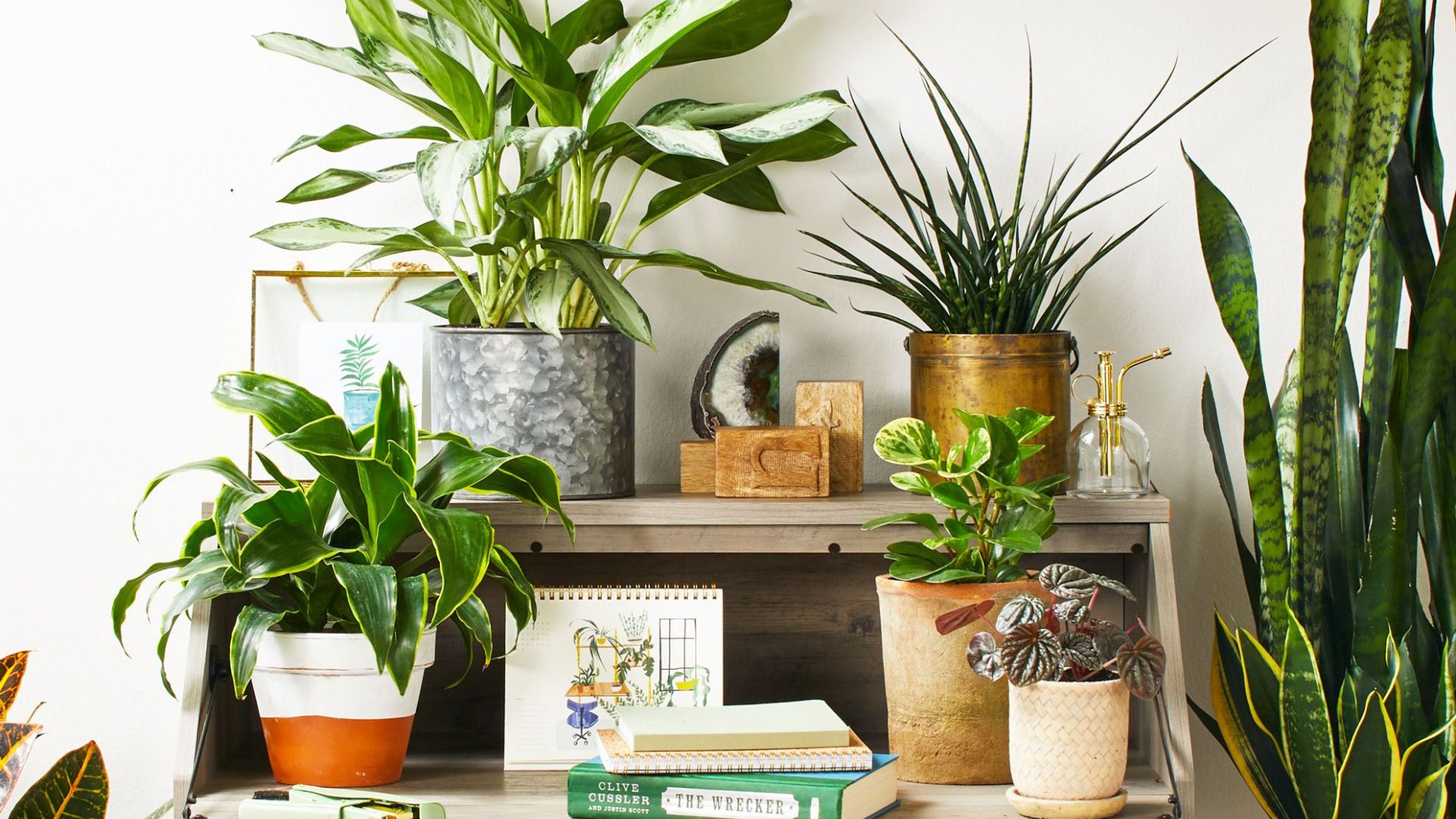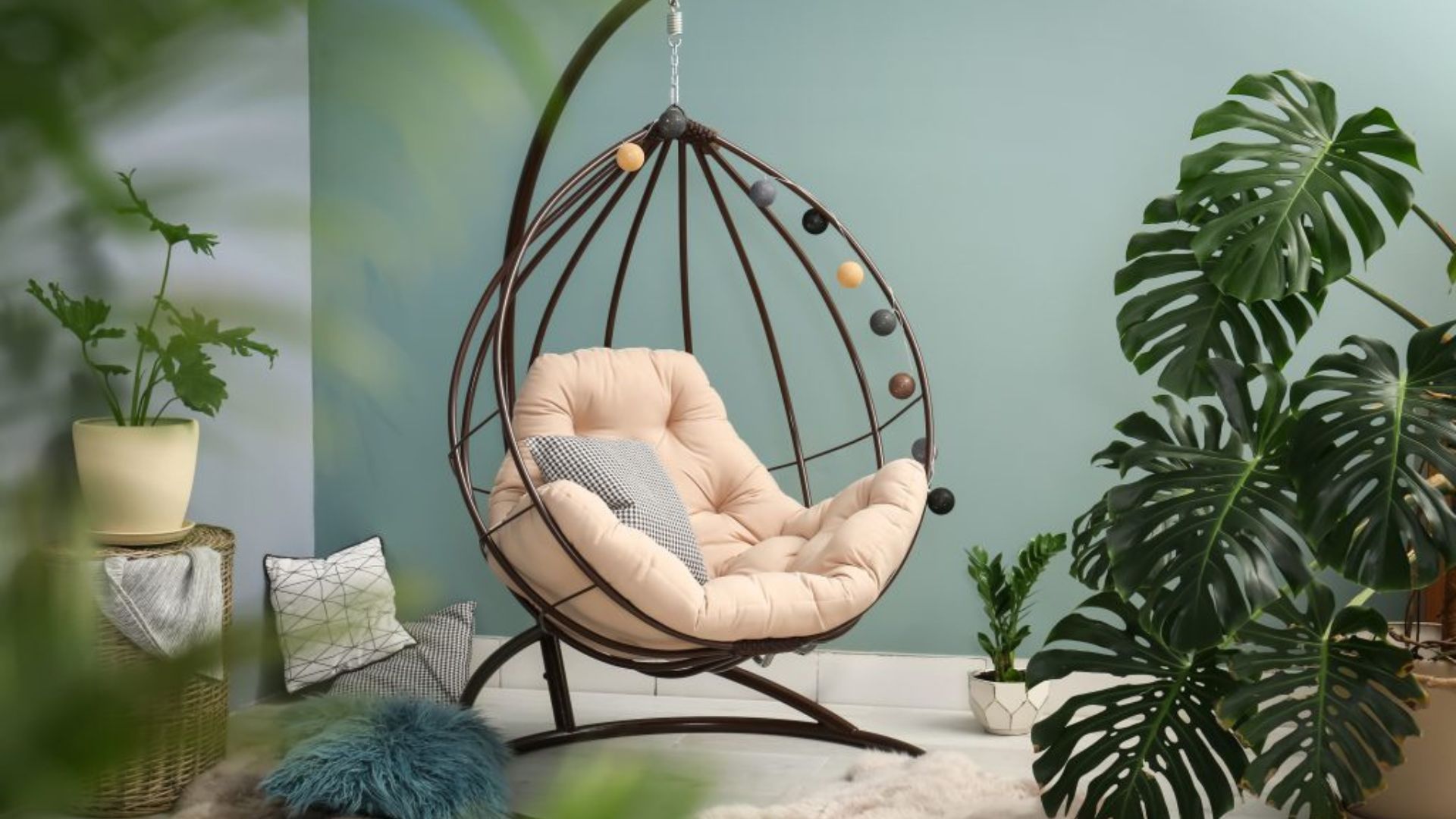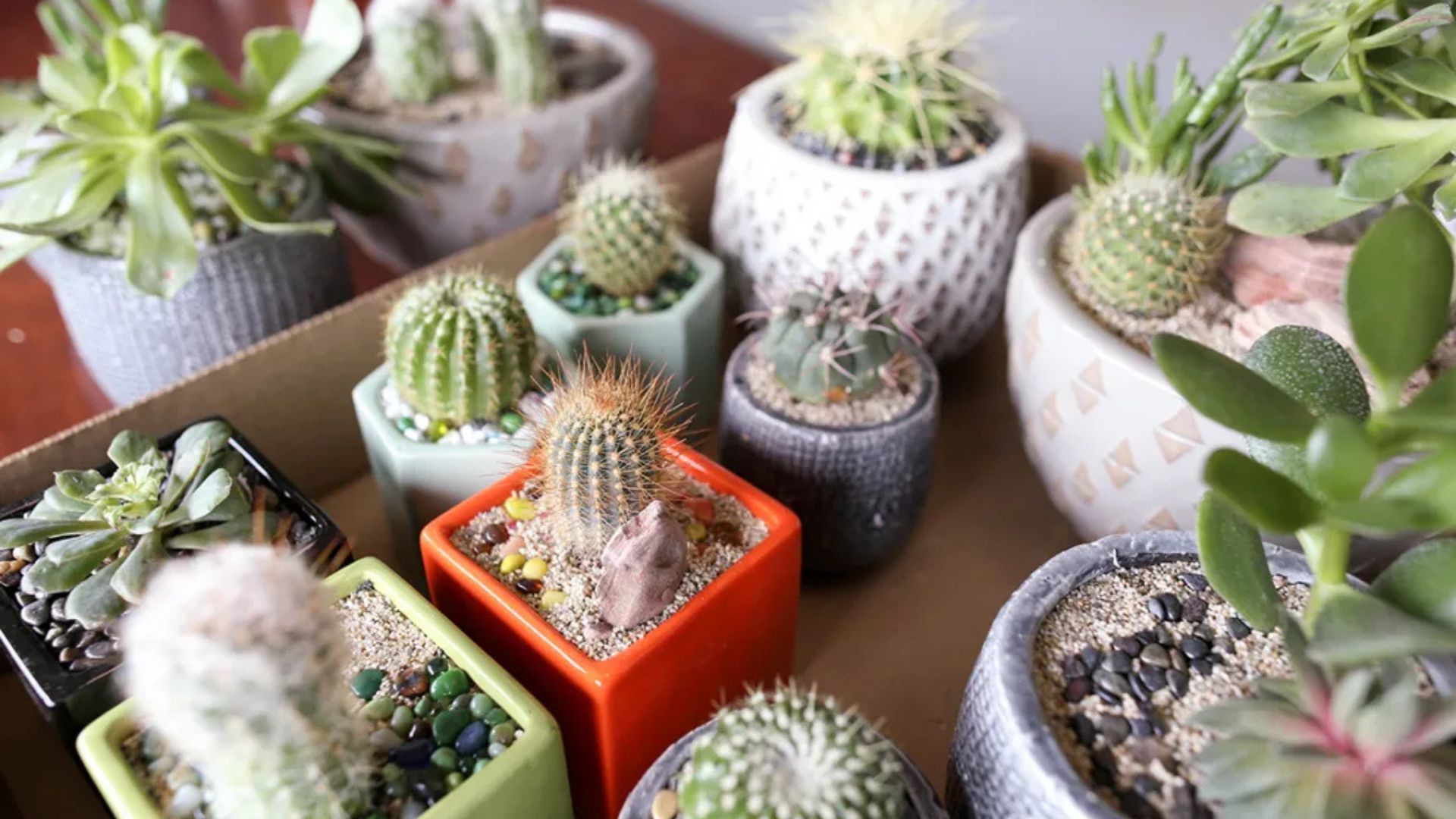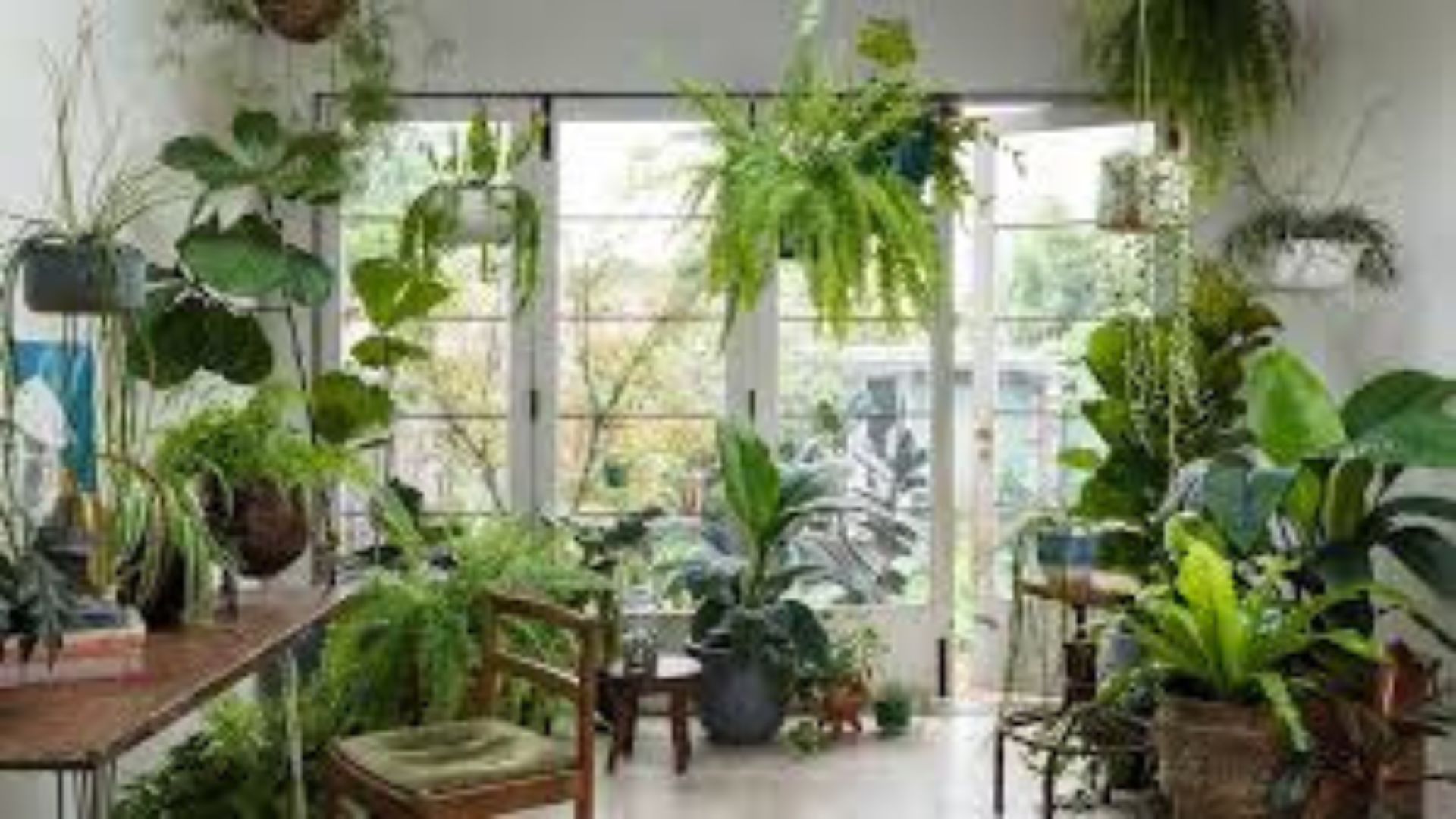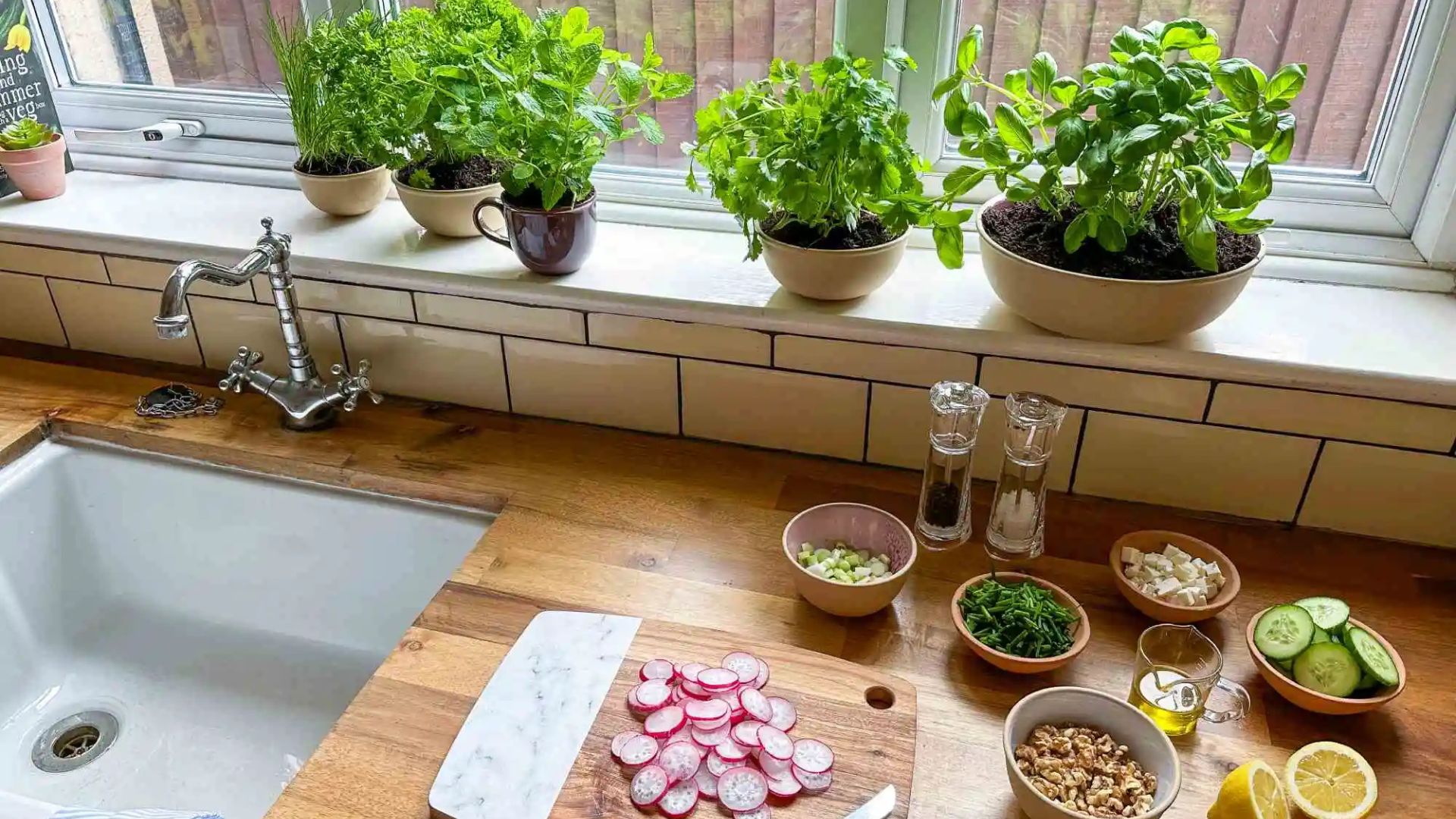When it comes to houseplants, most people focus on watering, light, and soil—but the pot you choose is just as important. The right pot not only enhances your plant’s appearance but also plays a major role in its health and growth.
In this guide, you’ll learn how to choose the right pot for your indoor plants by considering material, size, drainage, and style—so your plants can thrive and look great while doing it.
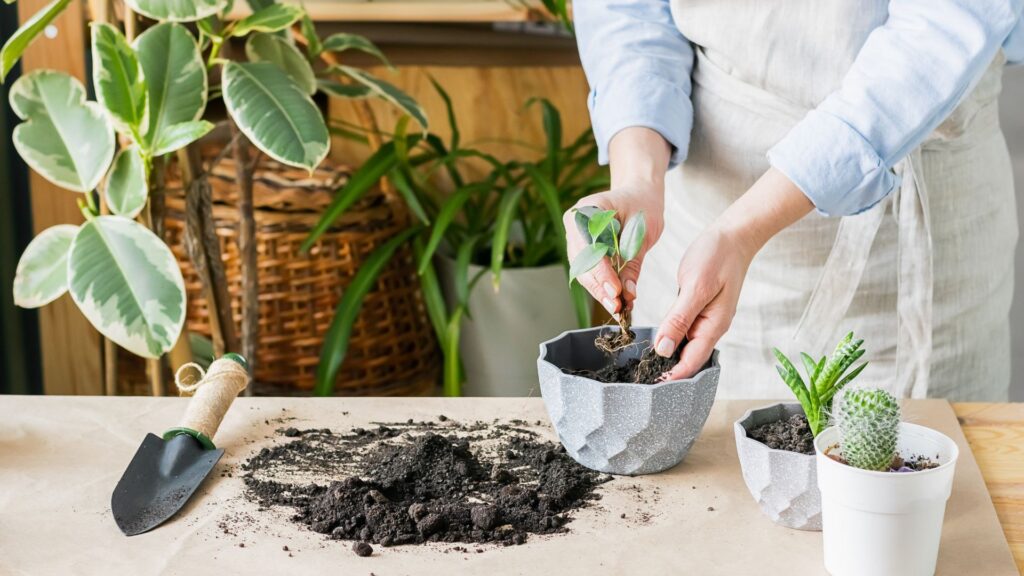
Why the Right Pot Matters
A pot isn’t just a container—it directly affects your plant’s:
-
Root health
-
Water drainage
-
Air circulation
-
Growth potential
Choosing the wrong pot can lead to root rot, stunted growth, or even plant death. So before buying that cute ceramic pot, take a moment to consider what your plant actually needs.
Choose the Right Pot Size
Why size matters:
-
Too small? Roots become cramped (root-bound), and the plant stops growing.
-
Too big? Soil may retain too much water, increasing the risk of root rot.
General rule of thumb:
-
When repotting, choose a pot that’s 1–2 inches larger in diameter than the current one.
-
For fast-growing plants (like Pothos or Monstera), you can go slightly bigger.
-
For slow-growers (like ZZ Plants or Snake Plants), stay closer to the current size.
Tip: Always check your plant’s root ball before choosing a new pot. If roots are circling the bottom, it’s time to size up.
Drainage Is Non-Negotiable
Always choose pots with drainage holes.
Drainage holes allow excess water to escape, preventing soggy soil and root rot—the #1 plant killer.
If you love decorative pots without holes:
-
Option 1: Use them as cachepots—place your plant in a plastic nursery pot with holes, and set it inside the decorative pot.
-
Option 2: Add a layer of rocks at the bottom (less effective, but helps slightly).
Warning: No matter how stylish, a pot without drainage is a risky home for most indoor plants.
Pick the Right Pot Material
Different materials affect how quickly soil dries out. Here are the most common types:
Terracotta (Clay Pots)
-
Breathable – allows moisture and air to pass through
-
Great for succulents and cacti
-
Tends to dry out quickly
-
May crack in cold environments
Best for: Plants that prefer dry soil and beginners who tend to overwater.
Plastic Pots
-
Lightweight, inexpensive, and retain moisture longer
-
Great for tropical plants or plants that like damp soil
-
Not breathable, so be cautious of overwatering
Best for: Peace Lilies, Ferns, Calatheas, and other humidity-loving plants.
Ceramic or Glazed Pots
-
Stylish and often decorative
-
Heavier and retain moisture well
-
Often don’t come with drainage holes (check before buying)
Best for: Display purposes with proper drainage setup inside.
Fabric Grow Bags or Hanging Planters
-
Lightweight and breathable
-
Good drainage
-
Ideal for hanging plants like Spider Plants or trailing Pothos
Best for: Creative spaces, small rooms, or vertical gardening.
Match the Pot to Your Plant’s Needs
Every plant is different. Choose a pot based on your plant’s:
Water Needs:
-
Dry-loving plants (succulents, snake plants): Use terracotta or smaller pots that dry quickly.
-
Moisture-loving plants (ferns, peace lilies): Use plastic or ceramic pots that retain water.
Growth Habit:
-
Trailing plants: Hanging baskets or tall pots
-
Tall plants: Heavy pots to avoid tipping
-
Slow growers: Smaller pots to avoid soggy soil
-
Fast growers: Slightly larger pots to allow room to grow
Tip: A beautiful plant in the wrong pot may survive, but the right pot helps it thrive.
Don’t Forget Style and Decor
Once functionality is covered, you can have fun with design:
-
Match pots to your interior color palette
-
Use a mix of textures: matte ceramics, woven baskets, glossy finishes
-
Group different-sized pots together for a layered look
-
Use plant stands to elevate shorter pots or create dimension
Remember, the pot is part of your home’s decor—make it count!
Conclusion
Choosing the right pot is more than picking the prettiest one on the shelf. By considering drainage, size, material, and your plant’s specific needs, you can create the perfect home for your indoor greenery.
Start with function, finish with style—and your plants will reward you with vibrant growth and lasting beauty.






